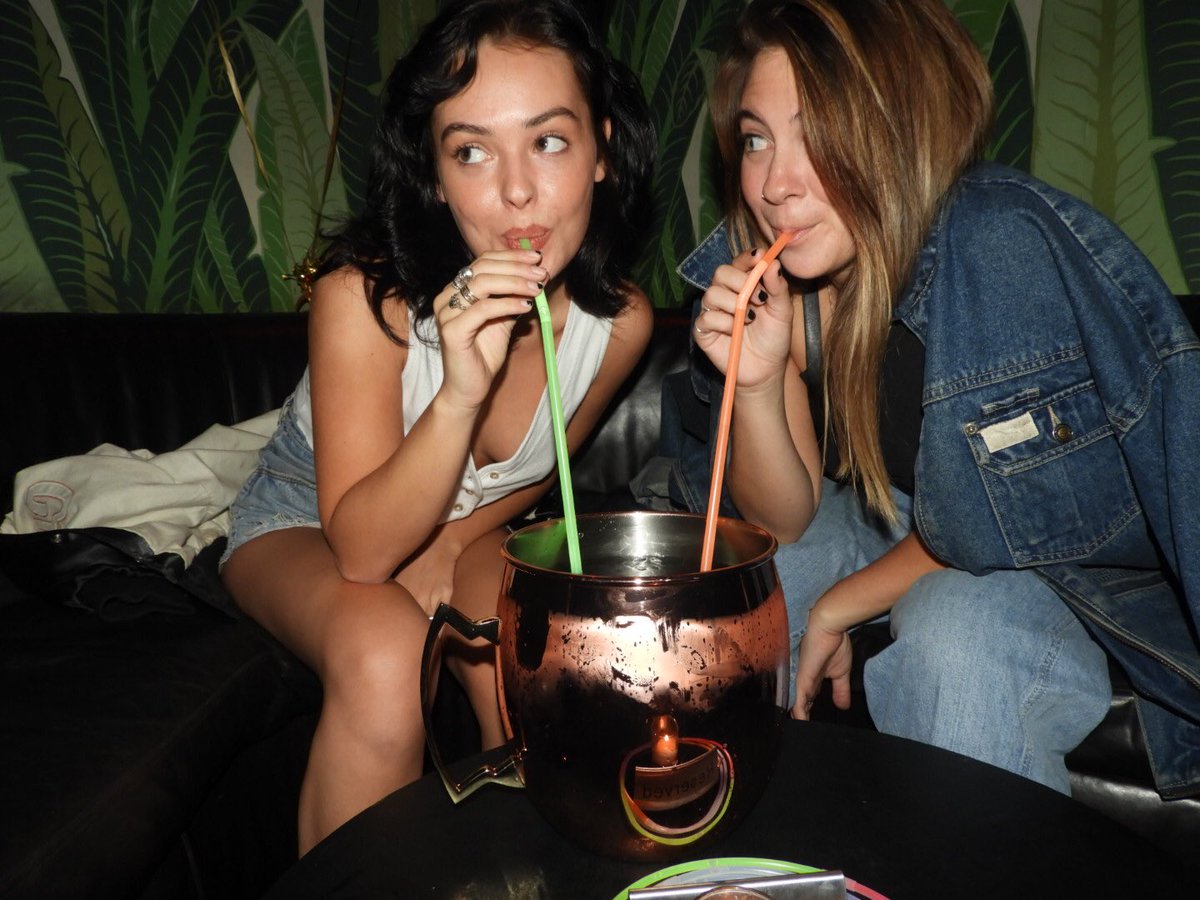

But perhaps the easiest way to weigh his impact as a young club promoter, and his enduring relevance, is to point to his impact on fashion and pop culture.Īlig and his crazily named retinue of revelers, like RuPaul, Keoki, James St.

It’s almost impossible to summarize the seemingly never-ending supply of Page Six headlines, outrageous apocrypha and established facts about Alig. And now, after being locked away for nearly two decades and off parole, Alig is back, promoting parties, writing, painting and grappling with a New York City that seems to have sobered up in his absence. But his ascent met with a Promethean fall in 1997 when he pleaded guilty to manslaughter. “I think you definitely will get arrested for that now,” says a man simply called Lobster.Īs the ringleader of the so-called Club Kids - a group of flamboyant nightclub celebrities - Alig rapidly rose to become the most creative and controversial figure in New York’s legendary, anything-goes, amoral late-’80s and early-’90s scene.

“Can you throw a party in an abandoned subway station today, or is that terrorism?” Alig asks the small group he’s gathered to discuss the future of creative nightlife.īaby-faced and dressed in a tie and polka-dotted shirt, he speaks quickly, almost staccato. on a Monday, and we are heading to the party he’s hosted once a week for the last seven months at the nearby Rumpus Room. Michael Alig, 51, the former provocateur-in-chief of New York’s party scene, is wrapping up dinner at the restaurant Sauce on the corner of Rivington and Allen streets on the Lower East Side.


 0 kommentar(er)
0 kommentar(er)
